Where does loquat grow, how to plant it correctly, how to grow it in an apartment
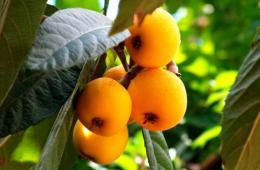
Loquat is a fruiting plant of the Rosaceae family with beautiful leathery leaves, fragrant flowers and edible fruits, which are associated with oriental sweets and fairy tales.
Previously, this tree was grown only as an ornamental crop and they learned about the edibility of the fruit much later. Close relatives for medlar - quince And hawthorn. Amateur gardeners often wonder where medlar grows and whether it is possible to grow it in an apartment.
The fruits themselves are valued in countries such as Japan, Azerbaijan, and Israel. Asia. The southern regions and the Caucasus widely use the plant in many dishes. And in ancient times, even the Romans and Greeks grew it.
Content:
- Varieties of loquats
- Where does medlar grow and how to plant it?
- How to grow medlar
- Agrotechnical secrets of growing medlar at home, on the window
- What are the benefits of medlar?
- Contraindications for consumption
Varieties of loquats
There are two types of this exotic plant.
German
A short tree 3-5 m with large leaves, its distinctive feature is round fruits with a sweet but tart taste. Has high winter hardiness. Brown color.
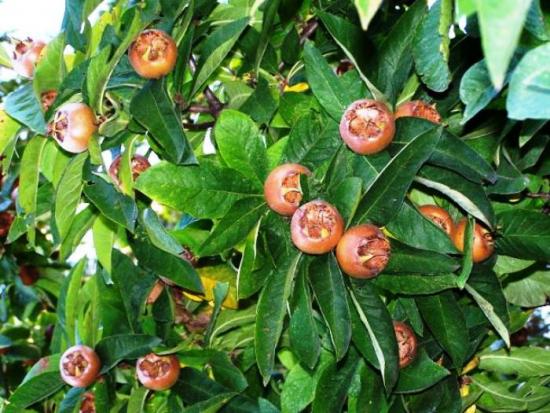
In order for fruits to be eaten, they must be collected only after the first frost or soaked in a saturated salt solution.Store for no more than a few weeks, and the taste of the fruits is very similar to the usual puree from apples.
Japanese
The tree grows up to 7.5 meters high, with white fragrant flowers and oblong leaves. The fruits are very similar in shape and color apricots, the same orange color and oblong round shape. The pulp inside is lighter, sourish and contains 3-4 brown seeds.
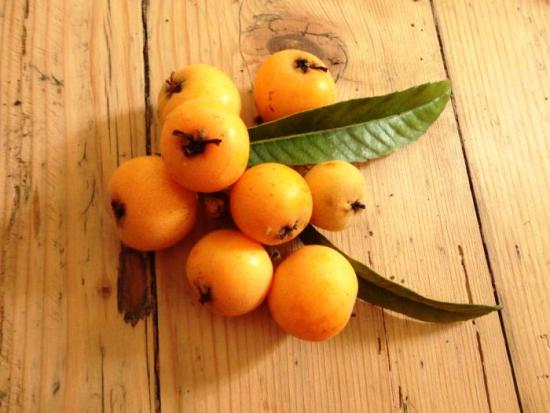
This type of medlar is grown in our Caucasus and the fruits are harvested from mid-spring to early summer; no soaking or additional processing is necessary.
Where does medlar grow and how to plant it correctly?
This southern guest is a fairly frost-resistant plant that can withstand temperatures down to -15 degrees. It loves a lot of light, so the ideal place for growing it is south and east windows in the house.
Moisture
In summer it is necessary water plant with soft water often, avoiding overdrying of the soil. In winter, this should be done much less frequently, 3-4 times a month. Daily spraying of the crown is not required; it is enough to take a shower once a month and wash off the settled dust.
Illumination
The tree loves light and even direct sunlight, so you can safely place it on the brightest windows. If there is a lack of light, additional artificial lighting must be provided.
The soil
The most optimal soil for planting is soil with a neutral pH. You can buy ready-made or make it yourself by mixing sand, peat, humus and turf in equal proportions. Transplant A young plant is recommended annually in the spring, and after reaching the age of five, this should be done less frequently, once every 4 years.
Temperature
It is not necessary to maintain a high temperature regime; in winter, a temperature of 8 degrees is favorable.
Trimming
It should be done in June - July after harvesting the fruits. The plant does not require any special pruning; it is enough to remove dried dry branches and leaves in a timely manner.
Top dressing
They feed from spring to autumn with ordinary mineral complex fertilizers for flowers or make their own organic fertilizers and it is recommended to apply them the day before watering.
How to grow medlar
You can grow a tree both in open ground and at home. This is quite easy to do in the garden. The plant loves light soil, sunlight and is little sensitive to diseases and various pests. The tree is fed just like ordinary apple or pear trees.
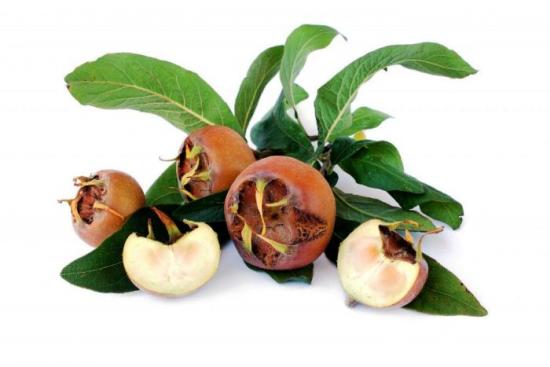
You just have to think about how to protect it from cold winds and strong drafts and plant it in a place where there is no nearby groundwater.
To see how it grows medlar Under natural conditions, you need to properly germinate the seed. For planting and germination, take a seed of a large ripe fruit, peel it and sow it in open ground in October.
This method is suitable for the southern regions; for areas with a temperate climate, the seed is sprouted and grown until the height of the tree in pots reaches 35-40 cm, only after that it is transplanted into the soil, not forgetting to protect it from frost in the first few years.
You can try sowing unripe seeds. This is done in August or early autumn; before planting, the seeds are dipped in a solution of potassium nitrate until the upper protective shell softens. Then the seeds are washed and planted in the ground at a distance of 15-20 cm. Shoots should be expected in the spring.
What is scarification and what is it used for?
If you want to sow seeds in the spring, you need to carry out seed scarification procedures, for this you need:
- Dry the seeds for several days;
- File off the top layer with sandpaper in a couple of minutes;
- Pour in plain warm water for several days and remove any seeds that float to the surface;
- Soak for 3 hours in a weak solution of sulfuric acid (1 teaspoon per liter of water), then rinse with water and dry.
The scarified bones are sprinkled with wet sawdust and placed in a refrigerator in a glass container for 15 days, and then left in a warm room for another 15 days. And only after that in the southern regions they are planted directly in the ground, and in temperate climates in separate containers.
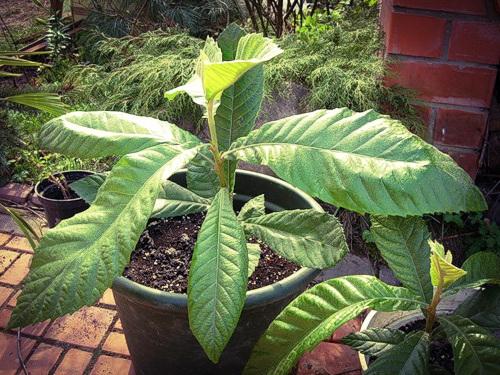
Propagation by cuttings
The plant can be propagated vegetative method using cuttings. To do this, cuttings of approximately 14-18 cm with several good buds are cut from last year's branches.
The cuts are made even, and the leaves are shortened in half. To root, place such a cutting in damp sand, having previously lubricated the lower cut with charcoal. They are incubated in a vertical position at a shallow depth in a regular pot, with drainage placed at the bottom.
After planting, water with settled water at room temperature. To speed up the process, cover the cutting with a plastic bag, and in about 30-40 days you will get a good rooted medlar seedling.
It is possible to wait for the roots to appear on the cuttings in ordinary water. Cuttings 22-30 cm long from last year's branches without shortening the foliage are placed in an ordinary plastic bottle sealed with dark paper. The water should be at room temperature, and in about one and a half to two months the cuttings will germinate.
Agrotechnical secrets of growing medlar at home, on the window
There is nothing difficult to care for; medlar flowers are bisexual and using artificial pollination you can achieve a large number of ovaries of future fruits. You can take any deep pot for planting seeds, with large drainage holes to avoid stagnation of water; 5-6 seeds are usually planted in it at a shallow depth.
The soil should be neutral, light, loose and moist for better germination. Any mixture from the store that contains peat will do. After planting the seeds, cover the pot with plastic wrap and transfer it to a bright and warm place.
Watering is required every other day, at least. And the top layer of soil should be sprayed daily with soft water to maintain moisture. We change the film every day to prevent the appearance of fungi and mold, and slightly loosen the soil.
The first shoots should be expected in 30-35 days. This is a big step in the further cultivation of the plant. Germination pitting is one of the most difficult stages. After waiting until they grow to 2 cm, you can remove the film. You also need to water frequently. The plant quickly gains strength and grows up to 12-18 cm per month.
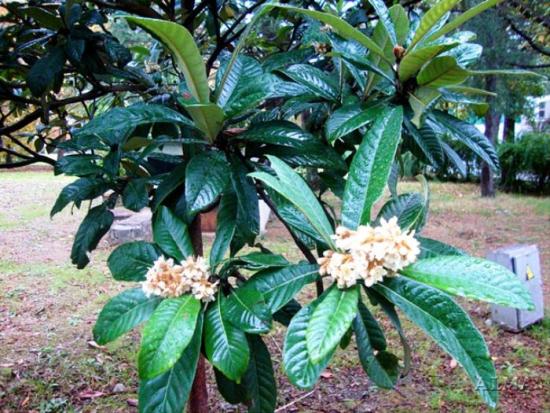
Next, be sure to plant the seedlings in different containers. The first flowers appear 3 years after the first transplant, and the fruits are collected closer to the New Year.
Pinching is welcome; it allows you to form a beautiful lush crown and prevent the plant from growing excessively in height. The procedure is usually carried out in the spring, it is completely painless and this feature is often used by designers bonsai. Pinching the plant helps achieve bushiness and an interesting shape.
What are the benefits of medlar?
Medlar is a delicious fruit that at the same time resembles strawberries, apricot and an apple. They are eaten fresh, in the form of various compotes, jams, preserves, wine, and juices.
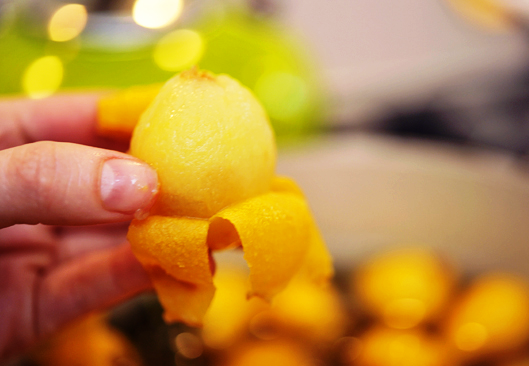
Having found out where and how medlar grows, it’s time to read why it is useful:
- Fruits improve the functioning of the gastrointestinal tract;
- Help treat intestinal infections thanks to phytoncidal anti-inflammatory substances in the composition;
- Stimulates the immune system as it contains large amounts of vitamin C;
- Helps in the regeneration of tissues and cells;
- A large proportion of potassium in the composition normalizes the cardiovascular system and leads to normal blood pressure;
- Prevents the development of oncology;
- Prevents natural aging;
- Tones the body and helps relieve fatigue after exercise;
- Relieves renal colic;
- Has a laxative effect;
- Reduces cholesterol levels.
Not only the fruits are healing, but also the leaves. All kinds of decoctions and tinctures are made from them and used for bronchitis, cough, asthma, diarrhea, and inflammatory processes in the body.
Contraindications for consumption
Contraindicated for people suffering from:
- gastritis, duodenal ulcers;
- Eat with caution if you have pancreatic diseases.
It is quite allergenic, so for young children the fruit is introduced gradually, starting with small portions. Unripe fruits cause digestive upset.
Medlar – a wonderful plant with low-calorie dietary fruits. It has a large number of useful properties, is a fairly unpretentious tree, will delight you with its juicy fruits and will not cause much difficulty in growing.
Even a novice amateur gardener can grow and taste the delicious fruits of the medlar plant, which is common in the southern regions, but important points should not be missed at each stage of the plant’s development.Knowledge of agricultural techniques will help you save your energy and time, and at the same time get the desired result.
We watch the video about where medlar grows, how it is useful and how to plant and grow it:

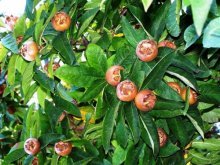
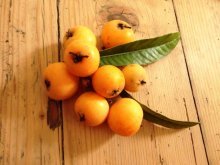
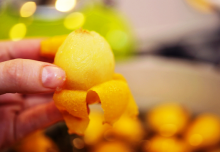
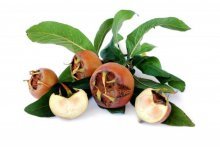
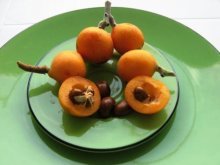
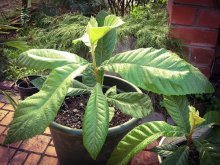
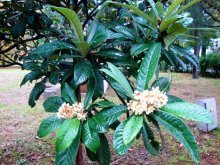
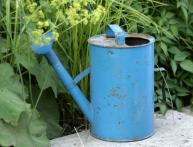
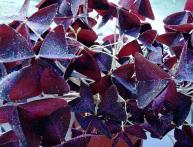
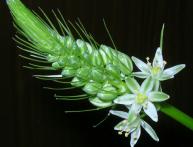
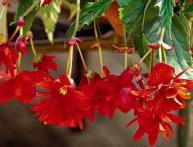
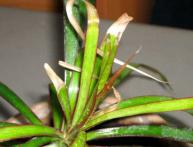


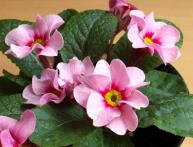
Comments
I tried medlar with friends in the Caucasus, it reminded me more of the taste of apricot and cherry plum. The fruit is interesting and tasty, but can it be grown in our dacha in the Moscow region? Will it survive or freeze?
Mom tried planting medlar seedlings for 2 years in a row, but over the winter it disappeared. They wrapped it well and treated it in the fall. Probably, our harsh climate is not suitable for it; it is a heat-loving tree.
Rather than carry out such a complex procedure for scarifying seeds, it is better to propagate medlar using cuttings. Apricots and peaches grow in our region, I wonder if the medlar will freeze?